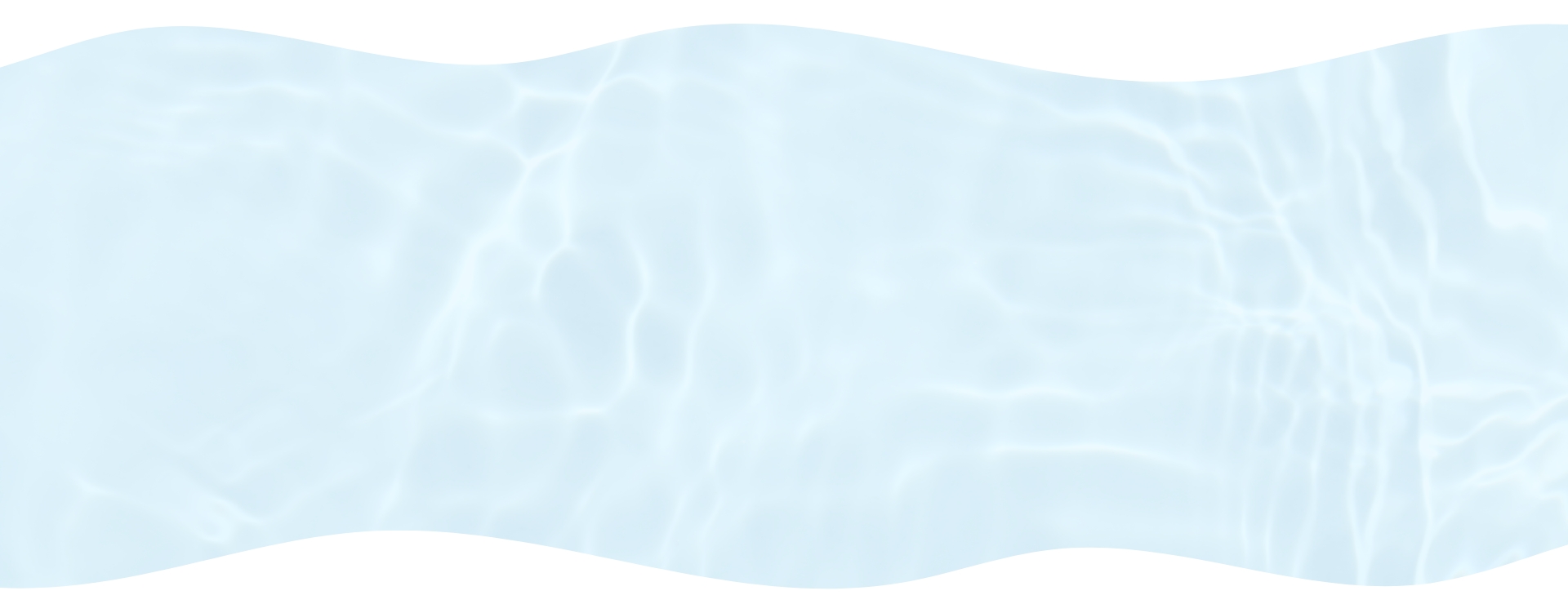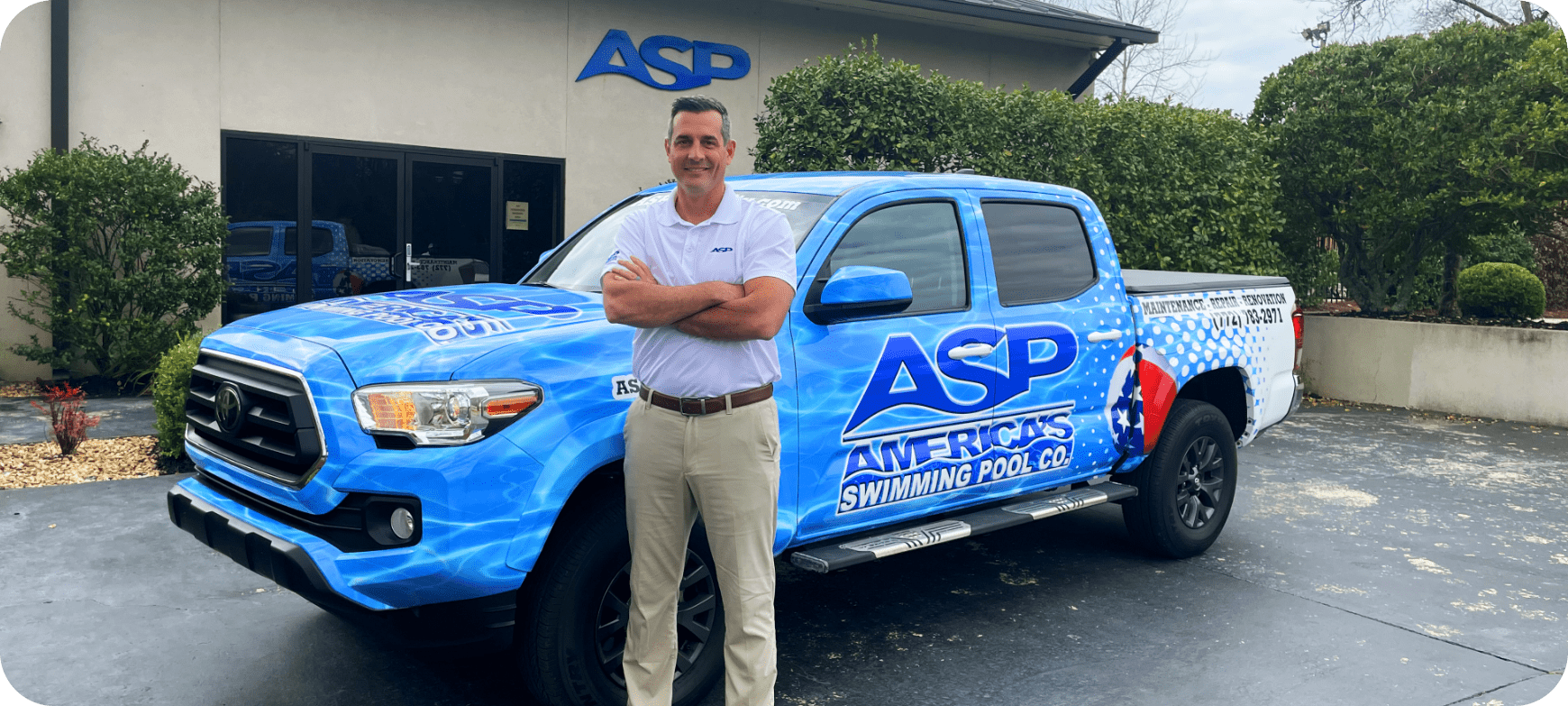Swimming Pool Construction and Installation
Make your property an oasis with an inground swimming pool! We specialize in vinyl, concrete, and fiberglass pool projects. Our construction and installation services are unparalleled and available throughout the US.
Better yet, we offer all the maintenance and repair services you’ll need to keep swimming for years to come.
Learn more about our custom pool construction and installation services! Request service online or call (866) 253-0455
The Types of Inground Pools We Build
Our pool-building professionals install vinyl-lined pools and fiberglass inground pools and construct concrete inground pools. Learn more about the pool types we commonly build and service.
Inground Pool Installation
Inground pool installation refers to fiberglass pools that are prefabricated (vinyl pools and concrete pools are constructed on location). Both are attractive options for property owners eager to have a standard-shaped pool. Vinyl-lined and fiberglass pools can also be more affordable than custom concrete pools.
- Inground Pool with a Vinyl Liner
Vinyl liner pools consist of steel wall panels or poured concrete walls and a vinyl liner that can be configured in many ways. Because the liner is vinyl, there are a variety of color and style options to choose from. The customizable nature of a vinyl pool is great, but the liner will need to be replaced over time, varying on the degree of regular upkeep.
- Fiberglass Inground Pool
Fiberglass pools are strong and lightweight and come in a variety of sizes. They’re also installed in one piece, which makes them the fastest installation option. However, these pools come in premade shapes and styles, meaning your customization ends with what a manufacturer has in stock.
Concrete Inground Pool Construction
Concrete is the most durable and customizable swimming pool material. A rebar framework supports the concrete shell, which can take a freeform or geometric shape. The interior can be finished with a plaster, pebble, quartz, or glass bead, along with various tile options around the perimeter for visual appeal.
Typically, concrete pools take longer to construct and are more expensive than their fiberglass and vinyl counterparts.
Our Inground Pool Installation or Construction Process
The pool-building process will vary by the project details, including the type of pool chosen, the pool site, layout, municipality, and more.
While the specific steps and details will vary, in general, you can expect our team to:
- Consult with you.
We start all our projects with a consultation. We’ll survey the potential pool site, formulate our recommendations, and present you with your options. Members of our team will answer questions and help you weigh each pool type’s pros and cons.
- Prepare the site.
All inground pools need to have two building steps in common: site work and plumbing. We'll prepare the site before construction or installation can begin, leveling and excavating as necessary. We’ll also lay any necessary plumbing.
- Install the pool!
This is where the process will vary the most. For a fiberglass pool, the installation will include lowering the fiberglass shell into the ground. For a concrete pool, we’ll make a framework of rebar to provide the base support before we pour the concrete. Lastly, if you choose a vinyl-lined pool, we’ll install the lining in the wall panels. The installation process won’t be considered completed for concrete pools until the concrete has fully cured set, which takes 28 days around ten days to cure.
- Fill and balance.
Lastly, your pool will need to be filled. As the water is filling, we’ll ensure that the chemical levels are correct.
Pool Installation and Construction by Type
How to Install a Vinyl-liner Inground Pool
The crew will shape the cavity with a wall panel system and carve the bottom so that it gradually descends to the deep end. The pool floor will also be topped with sand, vermiculite, or grout, which will be smoothed so that the liner is free of ripples or indentions.
Next, the vinyl will arrive onsite in a large roll. The team will unfurl the material and place it inside the pool.
Finally, the liner is secured along the top of the wall panels and an industrial vacuum seals it into place, removing any wrinkles or folds in the material.
Installing a Fiberglass Pool
When the hole is dug, your installer will lay a bed of gravel, making a stable pool floor. The fiberglass pool will arrive on a flatbed trailer. After installing the plumbing and filtration equipment, the crew will backfill the pool with gravel and create a secure footing around the vessel with rebar.
How to Install a Concrete Pool
Steel bars, called rebar, are bent to fit within the contours and arranged in a grid-like pattern. This gives the concrete shell its strength.
Next, a specialist sprays a mixture of cement, sand, and water (called shotcrete) over the rebar. The shotcrete is troweled smooth.
After the shotcrete cures, we install the coping and the tile and lay the patio. You’ll notice that the pool’s interior is still rough to the touch. Not to worry. In the final stage, plasterers finish the pool with a plaster, quartz, or pebble material of your choice, giving the interior a smooth, attractive appearance.
But don’t dive in just yet. During the start-up phase, pool maintenance professionals will apply chemicals and remove plaster dust, giving the plaster time to cure in the water. This takes about 28 days.
Find Inground Pool Installation Near Me
Imagine your yard with a gorgeous, functional backyard pool. There’s no better time to take the plunge! With over 20 years of experience, our experienced technicians are ready to help you make your inground pool dreams a reality. From the first consult to annual maintenance, we’ll be with you every step of the way. Request an appointment online or call (866) 253-0455 to learn more.
Frequently Asked Questions
How much does it cost to install an inground pool?
Swimming pool installation costs depend on the size of the pool, type, and customized options. There may also be regional considerations where the price of materials varies. Landscaping, permits, equipment, and dirt disposal are also part of the equation.
Which type of pool is best?
The best pool for your property will depend on factors like the size of your space, your budget, and what you plan to use the pool for. Concrete pools are durable but pricey. Fiberglass pools are the easiest to install but limit your customization options. When you contact America’s Swimming Pool Company, we’ll help you determine the best pool for your home.
Does an inground pool increase home value?
Most homebuyers consider a swimming pool an asset and will pay more for a home with one. For example, a median-priced home in Southern California could raise its value by nearly $100,000 by adding a pool. This is especially true of a concrete pool; a more permanent structure than a vinyl or fiberglass pool. A pool might substantially raise values in hot weather regions such as the southwest and southeast, where swimming pools are a near necessity.
What is the life expectancy of an inground pool?
Your pool should last a lifetime with proper maintenance. However, some items must be repaired, replaced, and resurfaced over time. Concrete pools will need to be refinished every 10 to 20 years, and vinyl liners will need to be replaced about every 7-10 years. Luckily, the pool structure should last as long as you live in the house.
How long does it take to install a concrete pool?
The length of time the entire construction process takes will vary depending on several factors. We will communicate with you our estimated time of completion during the consultation process.
Related Services
- A new pool needs a new deck; we provide deck repairs and remodeling services.
- Our services don’t stop after installation. When your pool filter needs cleaning, trust the company that installed your pool.
- Trees can cause problems for pool owners. Our friends at Monster Tree Service can safely remove any unwanted poolside trees.
Resources You May Enjoy
the Dive? Our pool professionals are ready to help!


-
 All Your Pool NeedsAll Your Pool Needs
All Your Pool NeedsAll Your Pool NeedsFrom cleanings to remodels, we take care of the dirty work while you take care of the memories.
Our Services -
 Friendly and Experienced TechniciansFriendly and Experienced Technicians
Friendly and Experienced TechniciansFriendly and Experienced TechniciansYou can trust that your pool is in the right hands with our trained and uniformed pool professionals.
About Us -
 Customized Maintenance PlansCustomized Maintenance Plans
Customized Maintenance PlansCustomized Maintenance PlansOur plan options are tailored for your lifestyle and budget and are followed up with a detailed report.
Maintenance Plans -
 America's #1 Swimming Pool Service CompanyAmerica's #1 Swimming Pool Service Company
America's #1 Swimming Pool Service CompanyAmerica's #1 Swimming Pool Service CompanyOur 21 years of experience has established trustworthiness with our customers
Customer Reviews

























